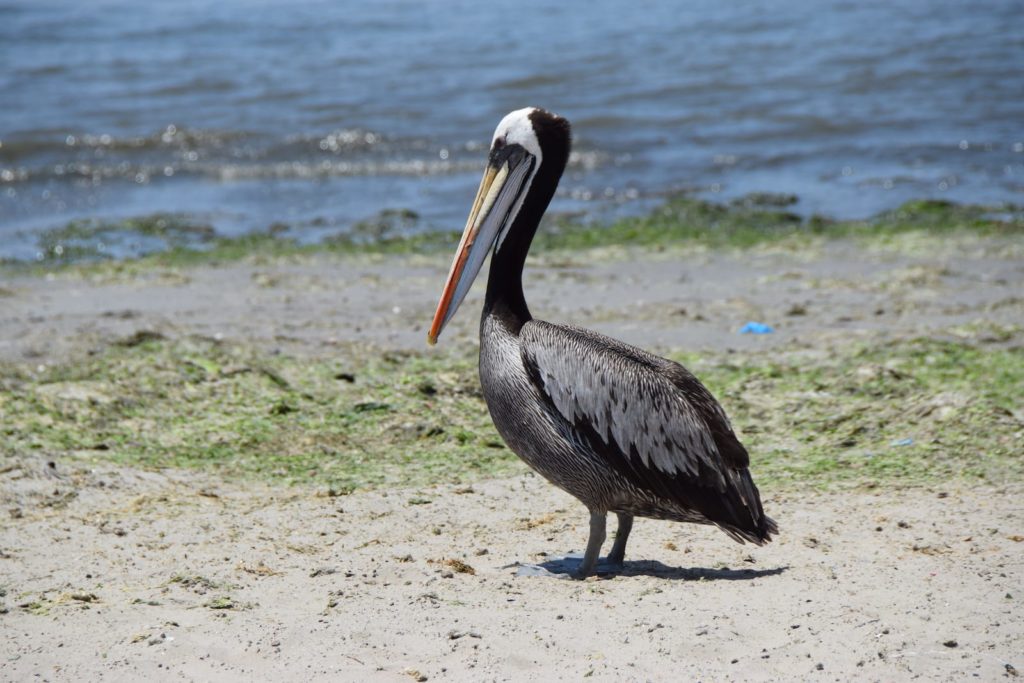© Eric J. Woehler
Seabird Species
Cormorants & Pelicans
Cormorants and pelicans prefer to find their fish in coastal waters.
Globally, there are 30 cormorant species and 3 pelican species which may be considered as seabirds, depending on the marine environment for part of their life cycle.
Pelicans are found in both in inland and coastal aquatic habitats on all continents except Antarctica, but are notably absent from the interior of South America. These large birds (1.2 – 1.9 m long) are among the heaviest flying seabirds and are characterised by their large beaks and throat pouches, which they use to catch fish.
Cormorants are mostly coastal birds that are found all around the world (except for the central Pacific islands). They are smaller than pelicans, with the pygmy cormorant being only 45 cm long. Like pelicans, they catch fish – however, they dive from the surface and use their feet (and in some species their wings) to propel themselves through the water to catch small fish.
In The Seabird Tracking Database:
Spotlight species: Peruvian Pelican
The Peruvian Pelican (Pelecanus thagus) is endemic to the coasts of central Peru and Chile. Although the population is now stable or increasing, the population is still recovering after steep declines in 1998 (an El Niño year) due to adverse weather conditions. Therefore, the species is classed as Near Threatened by the IUCN as it could suffer future declines if such conditions reoccur.
A study by Rodrigues and Micael (2020) found that guano from Peruvian Pelicans and other seabirds was important in the ancient Inca Empire, leading to a code to protect them – possibly the first ever conservation measure for wildlife based on the importance to human activities.
Please view this page on a desktop computer to see our interactive species colony map.
Tracked colonies of Cormorants & Pelicans
Use the map below to explore seabird colonies around the world.
Thanks to our data contributors: Birdwatch Ireland; Ellie Owen/RSPB; Francis Daunt; Jonathan Green; Jose Manuel Arcos; Juan F. Masello; Juliet S. Lamb; Keith Hamer; Norman Ratcliffe/BAS; Patrick Jodice; Petra Quillfeldt; Sarah Crofts; Yvan Satgé
